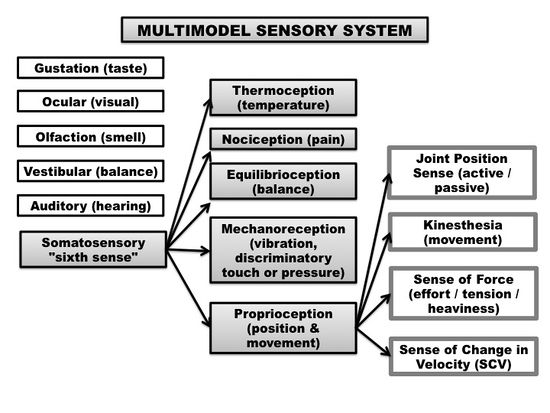Sensation refers to the process by which we perceive physical stimuli in the environment through our senses. These stimuli can include sights, sounds, smells, tastes, and tactile sensations, and they are detected by specialized sensory organs in the body such as the eyes, ears, nose, tongue, and skin. Sensation is an important aspect of human experience, as it allows us to perceive and interact with the world around us.
There are several characteristics of sensation that are important to understand. One of the most fundamental characteristics is that sensation is a bottom-up process, meaning that it is driven by the physical stimuli that are present in the environment. For example, when we see an object, the light reflecting off of the object is detected by the retina in the eye, which sends signals to the brain that are then interpreted as the object we see. This bottom-up process is in contrast to the top-down process of perception, which involves the brain using previous knowledge and expectations to interpret sensory input.
Another characteristic of sensation is that it is modality-specific, meaning that different senses are responsible for detecting different types of stimuli. For example, the eyes are responsible for detecting light and color, while the ears are responsible for detecting sound. This modality-specificity is reflected in the organization of the brain, with different regions responsible for processing information from different senses.
Sensation is also subjective, meaning that it can vary from person to person. This is due to individual differences in sensory organs, as well as differences in the way that the brain processes sensory information. For example, one person may be more sensitive to certain smells than another person, or may be more sensitive to certain colors. This subjectivity can also be influenced by cultural and personal experiences, as these can shape the way we perceive and interpret sensory information.
Sensation is also influenced by context. For example, the same stimulus may be perceived differently depending on the context in which it is presented. For example, the smell of cooking food may be pleasant in one context, such as at a family dinner, but may be unpleasant in another context, such as in a crowded elevator. The context in which sensory information is presented can also influence how it is perceived and interpreted by the brain.
In conclusion, sensation is the process by which we perceive physical stimuli in the environment through our senses. It is a bottom-up process driven by the physical stimuli present in the environment, is modality-specific, is subjective, and is influenced by context. Understanding these characteristics of sensation is important for understanding how we perceive and interact with the world around us.







_-_categories_and_subtypes.svg/1200px-20200711_Sensory_Processing_Disorder_(SPD)_-_categories_and_subtypes.svg.png)